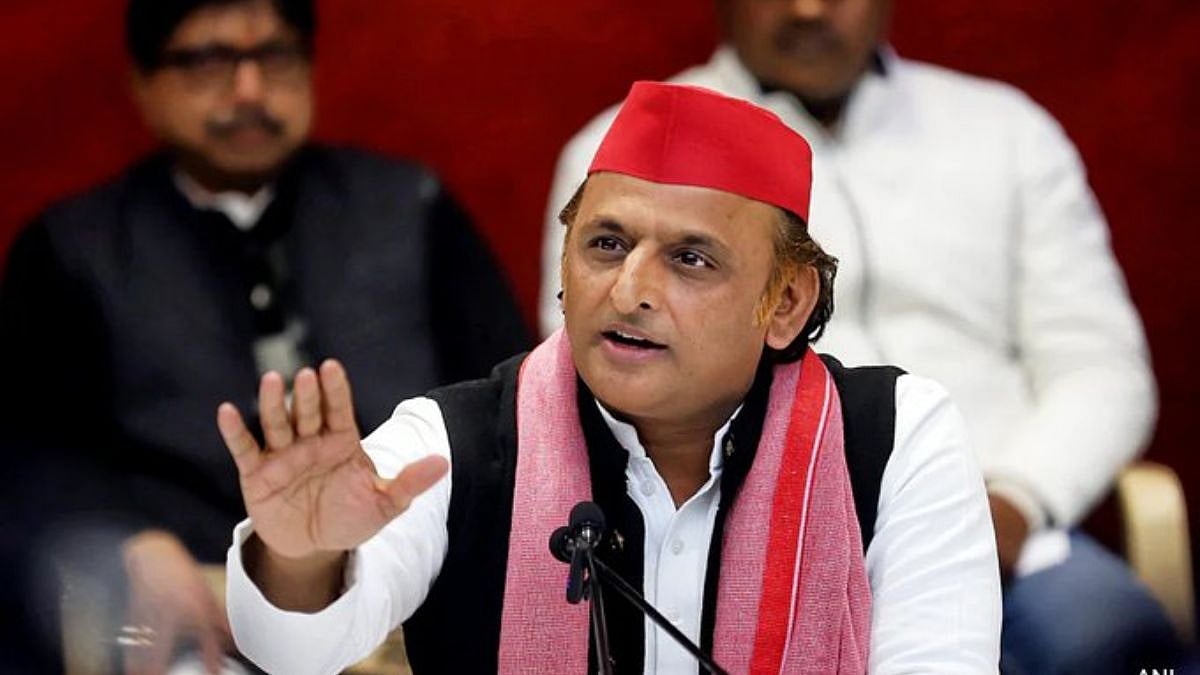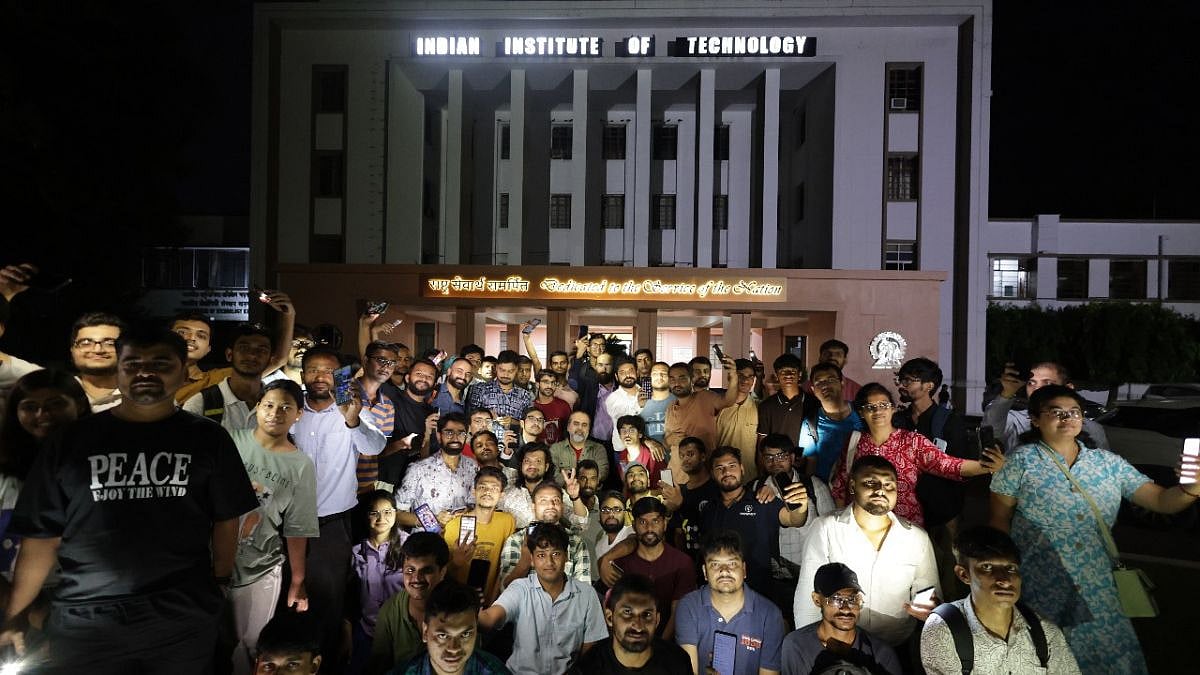The potential artificial intelligence industry in India is expected to grow threefold, exceeding $17 billion by 2027, as per India Brand Equity Foundation (IBEF), supported by government investments and digitisation of infrastructure. But, according to a new report by EY India, only 3% of Indian enterprises have the talented people and resources in-house to take full advantage of what AI has to offer; all 97% of executives indicated that their primary concern is talent shortages.
Ketaki Gulavani, Manager of Customer Solutions Engineering at Google, is one of the few technical leaders who can help close that gap. She is responsible for leading a global team of Customer Solutions Engineers and Data Scientists across five countries, serving Google’s agency partners in driving product adoption and impact. Her systematic approach to predicting technical issues has delivered tangible savings in lost revenue and offers actionable ways to enact those answers that any enterprise in India can use, regardless of their level of AI maturity.
The results of Atlassian's AI Collaboration Index also found that only half (46%) of Indian knowledge workers are advanced AI users which is much higher than any other country. In the US (34%) and Germany (32%), only one-third of people claim to have advanced knowledge of how to use AI. This data reinforces that workforce readiness is not an obstacle for India, it is an organizational execution problem.
Ketaki, India's AI market is expected to exceed $17 billion by 2027, yet only 3% of enterprises successfully implement AI according to EY India. What's the biggest challenge you're seeing in this field?
Over 80% of organizations are not experiencing meaningful business outcomes from their AI investments. The most common error I see is that businesses get trapped in testing and testing mode forever. They run successful small pilot projects, but they never implement the systems and processes to deploy AI throughout their organization.
What's your key insight about moving beyond this challenge?
In my experience over the last 10 years working with customers, I've helped them leverage automation, cloud and visualisation tools to multiply their outputs. Success isn't about just the best AI model; success is about creating systems that can establish value sustainably, at scale. Additionally, having the right data infrastructure is equally important- the AI model will be as good as the data it is trained on.
But is infrastructure investment alone sufficient for AI success?
Spending on infrastructure alone will not create success. One of the real challenges lies in how organizations monitor and manage their systems. When enterprise systems encounter the same technical problems repeatedly in succession, the traditional methods for monitoring systems rarely provide the comprehensive level of visibility necessary to identify areas of failure prior to an issue affecting service delivery. My approach utilizes performance monitoring frameworks to uncover hidden anomalies buried across data quality, system performance and user experience metrics, before falling into business operational impact. This specifically includes leaning into proactive checks on the quality of data being provided to an organisation's AI model, ensuring that predictive systems are more likely to receive high-quality inputs that maintain reasonable accuracy and prevent model drift.
Can you share how you utilized this approach during your professional career?
While serving as a Technical Solutions Consultant at Google, I witnessed the challenges our customers dealt with as they were constructing and delivering Google’ ads inserted live video streams to their users. I studied the trends in those challenges and realized that with technical solutions we could proactively identify those challenges and fix them in order to avoid any large monetization loss for Google and its customers. I led a team to create a suite of monitoring tools to identify points of failure in the video live stream coming into Google from customers, and to identify key points of failure in the ads inserted video live stream sent from Google to customers. Our support group used those tools to flag issues to either customers or Google’s product teams, saving precious advertising dollars for both parties through quick resolution of the problems.
What's the fundamental shift in thinking that enterprises need to make for successful AI implementations?
The key insight that's important here is that reactive monitoring is not enough. Expecting to add AI to existing infrastructure is not enough; enterprises require predictive systems to find and fix problems before they impact business. This requires a whole curve ball regarding how you think about your technical architecture.
Most companies take a reactive approach to problems. How is your methodology different?
In a time when most companies see an issue and react to it, my teams find inefficiencies before they become crises. We are simply minimizing the chances of problems occurring. Proactive media management is wise in any time-sensitive situation. During a high profile event, we uncovered configuration issues through a monitoring suite that could have led to missed failures in paid advertising. By the time our report would have identified an issue, the traditional monitoring systems would have gone unnoticed and unaddressed.
You recently became a member of Hackathon Raptors Association, where you must’ve had this conversation with other specialists. Do you share similar views on a talent shortage as a major AI challenge?
Through my work with Hackathon Raptors, I can evaluate technical talent across sectors. I observe organizations that experience the same stories, the same winning habits every time. Winners do not just train people on the AI tools, they create coaching frameworks that allow for technical discovery, solution building, usability, architecture & best practices for coding. It is about developing internal experts who can take business needs through to technical solutions.
How do you implement this approach in practice?
My framework realises technical partnerships to move team capacity while delivering demonstrable value to stakeholders. Throughout my career, I have focused on building team expertise and capabilities while building cross-functional partnerships and keeping up with advancements in technology and multiplying the impact.
Can you share how this proactive approach extends beyond just technical solutions?
When one of the companies I worked for needed to grow its support model, I didn't just hire more engineers. I encouraged my team to build what I call technical multiplication, building systems where one solution could be repurposed for hundreds of unique client scenarios. The tools that my team built now run automated tasks that would have had to be manually done for each of the company’s customers.
What's your approach to knowledge sharing within organizations?
My thinking about how to share knowledge breaks from traditional corporate thought. Rather than hoarding knowledge within my group, I share my group's approach as widely as I can across my organisation. When we find a solution, we are already teaching others to implement it even better. This is not an act of kindness, but intentionality. When I share knowledge through my groups, I create a multiplier effect where my group will reach and impact the whole organisation.
With India making significant investments in AI infrastructure, what's your assessment of India's potential to become a global AI leader?
India is going to be a global leader in AI implementation for sure. To achieve that vision, India will need more leaders who can operate seamlessly at the thorny intersections of pioneering technical development and executing business merit. My accomplishments, from building software frameworks at Oracle that led to automated process optimizations to building AI-powered solutions that protect ad revenue, prove that there is no successful roadmap for using AI that is about choosing cutting-edge technology. It's about building organisational capabilities that consistently yield measurable business outcomes to realise the organisation's technological potential.
What's your final advice for Indian enterprises looking to succeed with AI?
The actual opportunity for Indian enterprises is not just in solving AI -- it is in being a global leader in the deployment of AI. However, you must move away from experimentation and create the systematic behaviours that generate sustainable value. The rapid growth of India's AI market will belong to the companies that can adapt to the fundamentals of deployment. The 97% will need to study the approaches taken by practitioners who clearly show that the real reason behind successful AI adoption is less the technology and much more the transformational behaviours it requires to manifest value.
The opinions expressed by Ketaki Gulavani in this article are her own and do not represent the views of the companies mentioned.









